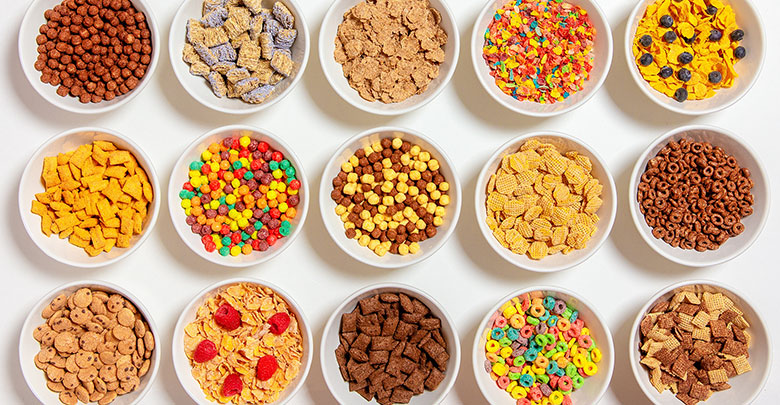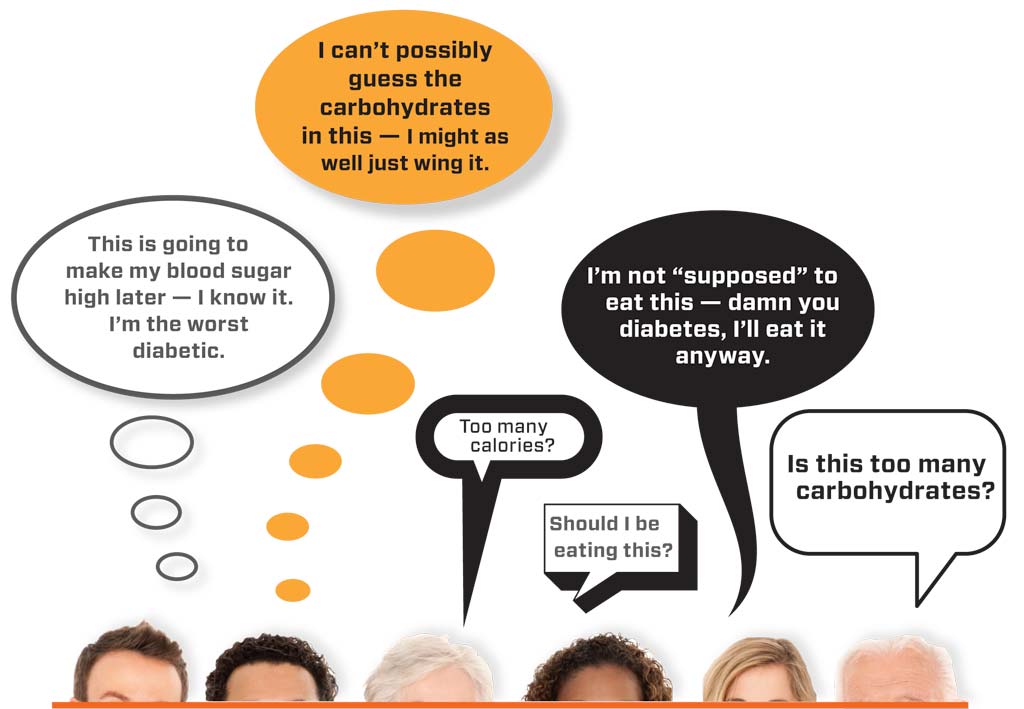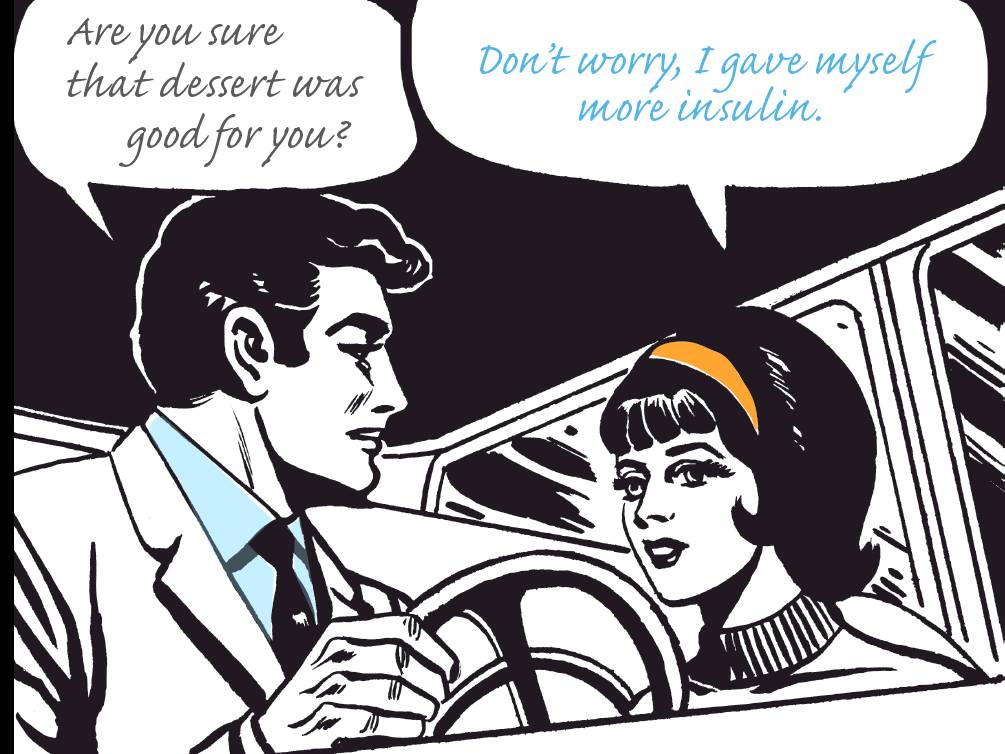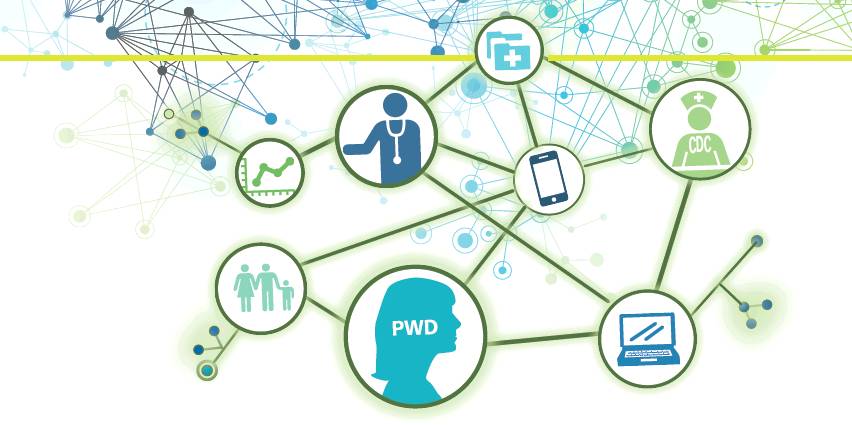The Problem with Breakfast Cereal if You Have Diabetes
Breakfast cereal is highly processed food and its carbs are quickly transformed to glucose; spiking blood sugar much more than natural foods

The simple fact is: not all carbs are created equal. And this is painfully true when it comes to cereal.
If you ate 30 grams of carbohydrate from a sweet potato compared to 30 grams of carbohydrate from the bowl of cereal, you’ll likely notice a significantly bigger (and faster) spike in your blood sugar after eating the cereal.
The sweet potato is a whole food that contains merely one ingredient.
Breakfasts Cereal is as Wholesome as White Flour
Cereal, on the other hand, is about as processed as “food” can get. In fact, most of today’s mainstream cereals are so heavily processed that your body doesn’t have to do much work to break it down into glucose.
This means that 30 grams of carbohydrate listed on the breakfast cereal nutrition panel will likely impact your blood sugar as though you ate 60 grams.
And again, the reason is simple: the bowl of “grains” you are eating is so heavily processed and broken down that it almost instantly digests into glucose because there isn’t much work left for your stomach to do.
Most “whole grain” breakfast cereals have been turned into pure starch, not much healthier than eating a bowl of white flour.
What ingredients are in the cereal you eat?
Let’s take a look at the ingredients’ list?
Even cereals touted as “whole grain” and loaded with fiber and vitamins that come with a laundry list of ingredients, many of which reveal that the vitamins and fiber in your cereal don’t actually come from those “whole grains” because the grains are so overly processed, there isn’t much nutrition left.
Fiber and vitamins are often added to your cereal, along with some type of brown coloring so it appears wholesome and real.
Kashi 7 Whole Grain Flakes Cereal, for example, is considered a “healthy” cereal thanks to well-designed marketing, but the ingredients in a bowl of Kashi cereal includes:
SEVEN WHOLE GRAINS AND SESAME BLEND (WHOLE: HARD RED WHEAT, BROWN RICE, BARLEY, TRITICALE, OATS, RYE, BUCKWHEAT, SESAME SEEDS), SOY FLAKES, BROWN RICE SYRUP, DRIED CANE SYRUP, CHICORY ROOT FIBER, WHOLE GRAIN OATS, EXPELLER PRESSED CANOLA OIL, HONEY, SALT, CINNAMON, MIXED TOCOPHEROLS FOR FRESHNESS.
I spy three different ingredients used to sweeten this cereal: brown rice syrup, dried cane syrup (ie: cane sugar), and honey.
I spy supplemented fiber: chicory root fiber. This means they had to add fiber to make it look more wholesome and healthy for you the consumer, due to the tremendous processing those seven grains go through.
And what about those seven different grains? At first glance, that sounds like a good thing, but did you ever wonder just how much they have to breakdown all of those grains to them mash them together into a cereal shape?
You’d be better off eating a bowl of actual oatmeal with a little stevia and cinnamon!
Cereal options for people with diabetes
Fortunately, there are a few options out there you could choose from if you just really love having cereal for breakfast.
One thing you’ll notice about nearly all of the low-carb options on this list is the addition of chicory root fiber. This is because every cereal is heavily processed even if it’s made with non-grain ingredients, and grain-free ingredients (like coconut) likely don’t contain much fiber!
Puffins Original: very few ingredients and very little added sugars
Julian’s Bakery: Coconut Flakes: grain-free and very low-carb (after subtracting dietary fiber)
Wheat-Free Market’s Slow Toasted Flakes: grain-free and very low-carb (after subtracting dietary fiber)
Thrive Market Coconut Flakes: grain-free and very low-carb (after subtracting dietary fiber)
Julian’s Bakery ProGranola: grain-free and very low-carb (after subtracting dietary fiber)
Ditch Boxed Cereal Altogether
Personally, eating grains for breakfast makes me want to sleep for the rest of the day. I prefer some protein and fat (turkey breakfast sausage) paired with some veggies, like frozen vegetable medley that I pop easily into the microwave before heading out the door!
Who said breakfast has to include starchy grains? If cereal isn’t helping your health, try something different! Ditch the toast, the cereal, etc. And try some whole food options like vegetables or actual whole grains like oat bran or oatmeal.
You might just find you feel better when you don’t eat that bowl of cereal.







